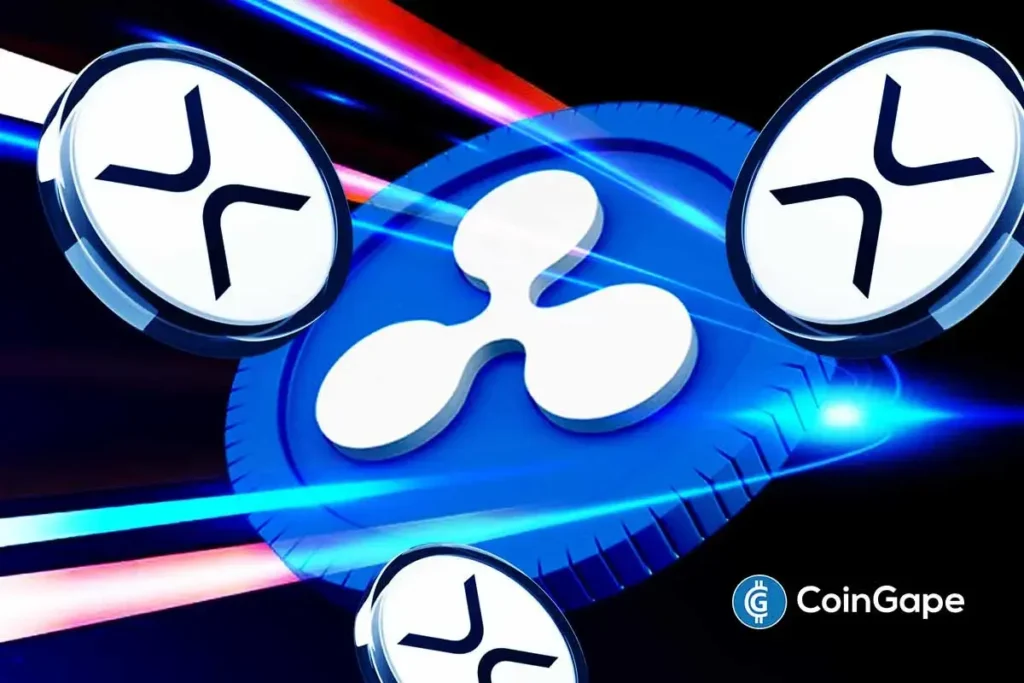Ripple’s Recent XRP Escrow Unlocks: Strategic Moves and Market Reactions
Ripple’s recent XRP escrow unlocks in July have taken an interesting turn, capturing the attention of the cryptocurrency community. On July 1, Ripple released 500 million XRP tokens, followed by another 500 million on July 4, totaling a significant allocation of 1 billion XRP. This decision to split monthly escrow unlocks into two transactions has led to a flurry of speculation regarding Ripple’s long-term strategy and the implications for XRP’s market performance.
XRP Lock and Release: What Happened?
The first tranche of 500 million XRP tokens was released to an undisclosed wallet, stirring curiosity among observers. Following this, Ripple relocked approximately 400 million tokens into escrow shortly after the initial release, showcasing a pattern of prudence in managing their assets. With this latest release, Ripple has successfully met its escrow allocation for July but with a notably different approach than in previous months. As of now, the XRP price has seen a slight downturn, dropping 2.78% over the past 24 hours, alongside a notable 28% decrease in trading volume. Despite this, XRP has managed to rise by 6% in the past month, indicating a complex and evolving market landscape.
Evolution in Reserve Management Strategy
Ripple currently possesses around 36.4 billion XRP locked in escrow and an additional 5 billion XRP as liquid reserves. The firm seems to be shifting its reserve management strategy, favoring a more flexible approach over the standard fixed release and relock cycle. This adaptive strategy permits Ripple not only to cater to real-time market demands but also to respond more efficiently to internal strategic needs. Smart contracts continue to govern the XRP escrow, but Ripple appears to be utilizing them with enhanced adaptability to navigate market fluctuations and capitalize on the evolving utility of the token.
Recurring Speculations: Relocking Trends
Further intrigue arises from Ripple’s decision to relock a total of 700 million XRP for July, deviating from the previous norm of relocking only the unused portions of the 1 billion released. This tactical maneuver raises questions about Ripple’s overall strategy and has prompted discussions among traders and analysts about how they will have to adjust their expectations in light of this flexible approach to token release. Moving away from a rigid calendar-based unlock system signifies an apparent desire for strategic responsiveness, indicating a more nuanced understanding of the market.
Speculation on US Treasury’s Interest in XRP
Recent reports have fueled rumors regarding the potential interest of the U.S. Treasury in XRP escrow, suggesting a possible seizure for national reserves. Although attorney Bill Morgan has denied such claims, speculation elevated when Edoardo Farina, founder of Alpha Lions Academy, hinted at a potential announcement that could affect XRP. This speculation is further compounded by Ripple’s ambition to secure a U.S. national bank charter and application for a Federal Reserve master account. If successful, Ripple could directly manage its RLUSD stablecoin reserves in coordination with the Federal Reserve, positioning itself as a potential cornerstone in a reimagined financial infrastructure.
Ripple’s Strategic Positioning in the Crypto Landscape
Ripple’s navigation of escrow unlocks and its innovative stance toward reserve management signal a forward-thinking approach in the cryptocurrency arena. The company’s endeavors to align itself with government initiatives suggest it may be looking to bridge the gap between traditional finance and cryptocurrency. This positioning could help legitimize XRP as a prominent player in the future financial ecosystem, with implications extending beyond traditional trading and into institutional investments and regulatory considerations.
Conclusion: Ripple’s Future in a Changing Market
In summary, Ripple’s recent steps in managing XRP escrow unlocks are more than just operational moves; they represent a strategic rethinking of how to engage with an evolving market landscape. By balancing short-term unlocks with a flexible approach and potentially courting institutional interest from regulatory bodies, Ripple is attempting to position XRP favorably within a competitive and often volatile environment. As the situation unfolds, traders, analysts, and investors alike will be watching closely to see how these strategic decisions influence XRP’s trajectory amid a rapidly changing regulatory and financial landscape.
In this climate of speculation and strategic maneuvering, staying informed is crucial for anyone invested in or following the cryptocurrency space. Ripple’s actions may well serve as a case study for how companies can adapt to the continually shifting tides of the blockchain and crypto markets.


